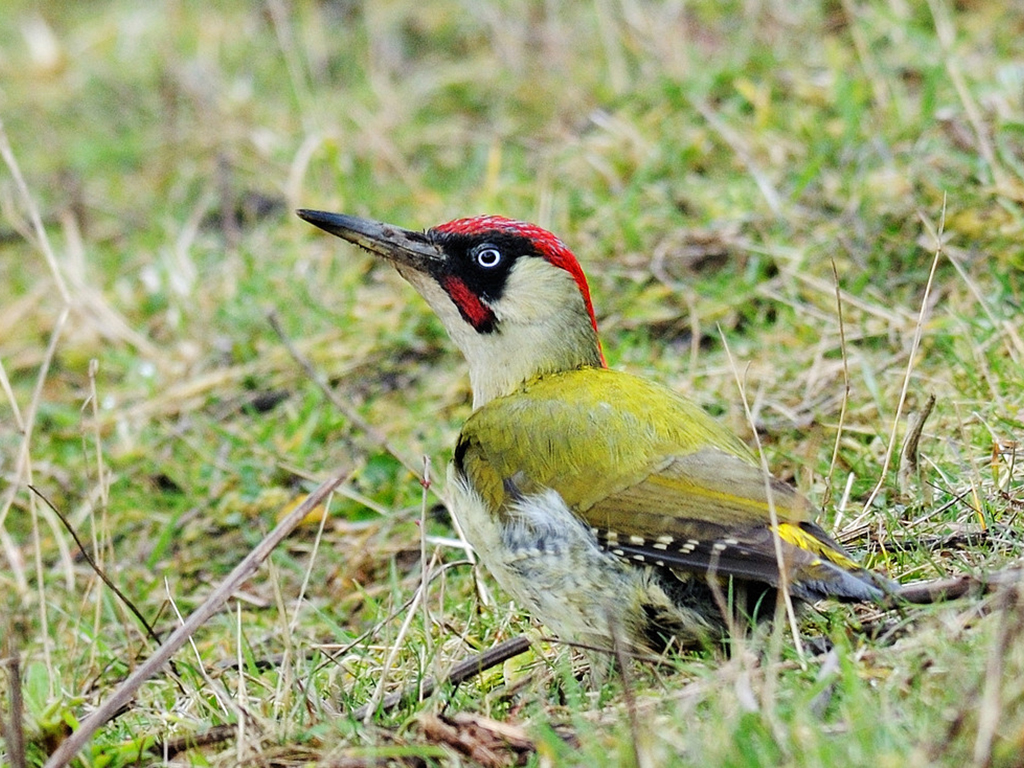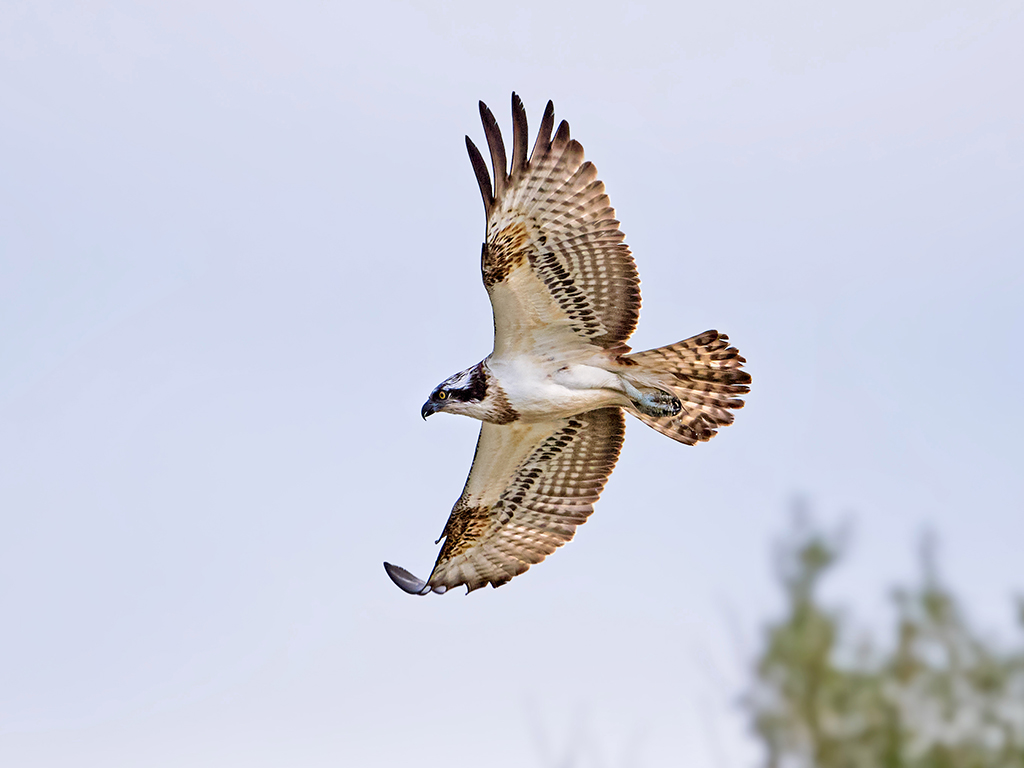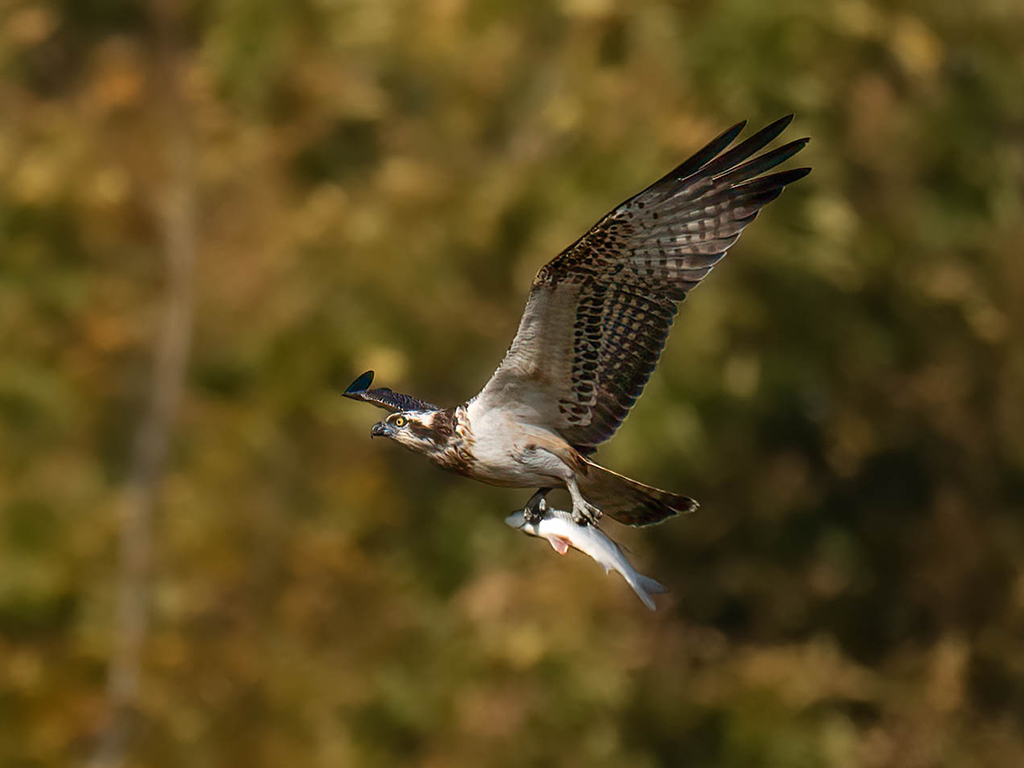Wildlife Sightings Column May 1 2012
Wildlife Sightings column from walk on May 1 2012 by Paul Stevens Appeared in Lifestyle section of the Chichester Observer newspaper, Thursday 10 May. Water Vole population has wintered well [...]
Wildlife Sightings column from walk on May 1 2012 by Paul Stevens
Appeared in Lifestyle section of the Chichester Observer newspaper, Thursday 10 May.
Water Vole population has wintered well
To track the population of water voles at Arundel Wetland Centre, students from Brighton University have been fitting the furry creatures with microchips for the past few weeks. As part of an ongoing genetics study on the ever expanding water vole population at the wetland centre, Brighton students have been trapping, testing and releasing water voles back into the reserve each spring. The cage traps they use have a covered nest box area lined with hay and stocked with apples to give maximum comfort to the water voles on their overnight stays.
In past years water voles were each given a different ‘haircut’ on their rumps as a unique identifier when they were caught. This made the voles recognizable if they were found in any trap more than once during the annual two week study. This year students are injecting the voles with a tiny microchip, like those used on family pets. Now the entire box can be scanned to see if the voles inside had already been logged this year, instead of have to inspect them by hand. This makes the experience less stressful for the water voles.
Our water vole population has come through the winter well. Water voles usually are seen by visitors at the dragonfly ponds at the beginning of the boardwalk but now there are stronger signs throughout the reedbed. The most obvious is the huge feeding pile and tunnel stretching back into the reeds I see just before the woodland carr section of the boardwalk.

Suzi Lanaway, a warden on our grounds team, does our monthly water vole survey here onsite. We have anchored one hundred 6 inch wooden disks into shallow water along ditches, reedbeds and throughout Wetland Discovery – guaranteed to attract water voles. Water voles mark the edges of their territory with a latrine pile on a spot that sits out of the water, like a log or one of our disks. This month Suzi’s count showed that 55 of the disks were used as latrines or had signs of feeding near them. This is the highest count we have ever had onsite.
Two weeks ago on Sunday I did a survey of the 65 dormouse nesting boxes and 23 tubes we have scattered throughout the hedgerows. At each box I slide a soft cloth into the small entry hole that faces the post the box is mounted on. This stops any box residents from escaping. I tap the box lightly and listen for any buzzing - last year I came upon a boxful of tree bumble bees when I omitted this step! I then slide the top of the box open a crack, looking for any nesting material. If I see moss, twigs or grass I unstrap the box from its post and gently open it inside a large bag on the ground. Afterwards I return everything back to the boxes. In one box I discover a tight cup of moss around the entry hole - a lovely wrens nest. Blue tits had nested in several boxes and I made a queen wasp vacate box number 23.
I even found a grass snake on the trail but no dormice. I moved onto checking the square black nesting tubes. Right beside a busy path I find a lovely little dormouse asleep in a tube! I weigh him and show him off to curious visitors. The warmth of my hand starts to wake him up so I pop him back inside his nest.




